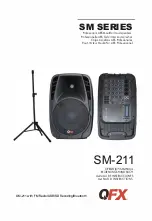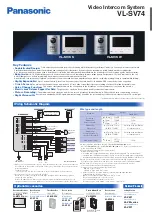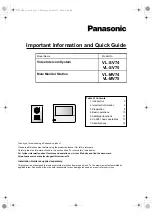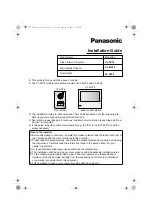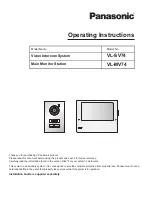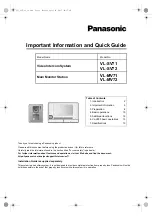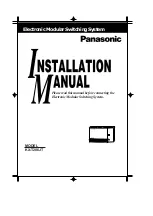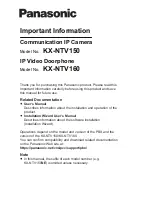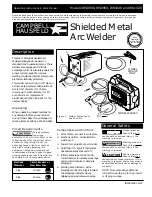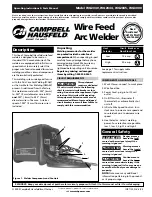
16
6.8 OTHER SPEAKER MANAGMENT CONSIDERATIONS
*70Hz is the minimum recommended HPF setting on the VQ 60, VQ 100 and VQ MB.
When choosing a HPF frequency to crossover with subwoofers the following considerations should be given:-
Distance of the Sub from the VQ - If the sub has to be a distance from the VQ then we would recommend a low
crossover point. With the VQ 60 & 100 the lowest recommended crossover point would be 90 Hz. Using too high
a crossover point on the sub means that you may easily 'localize' the subwoofer; we want to avoid this. If the VQ
is sitting on top of the subwoofer then you can afford to raise the crossover point to say 120Hz. This will also free
up amplifier headroom on the VQ amplifier allowing more headroom on the mid-bass.
Boundary Conditions – As an example, if the subwoofer is used in a corner, the three effective boundaries will
contribute massively to the level at the low end and may sound overpowering. This will require some low
frequency 'cut' using parametric eq. The opposite phenomenon will be experienced if the subwoofer is flown; you
may have to apply some 'boost' at specific frequencies.
When applying crossover filters and shapes.... Linkwitz, Butterworth, 12dB/oct, 48dB/oct etc...
Again, the placement of the units has a great bearing on the resultant parameters you use. For instance, if a
VQ 60 is used next to a boundary it's low frequency roll off characteristic will change, so a different slope may be
required. Delay may have to be applied to applied to match the arrival times of the two speakers.
For other configurations or subwoofers, it will usually be necessary to determine the signal delay settings by
measurement.
7 RIGGING & SUSPENSION
The VQ hardware covered in this guide has been designed to offer quick, simple, and secure solutions for
mounting specific VQ loudspeakers. This hardware has been designed and manufactured with a high safety load
factor for its specific role. To ensure the safest possible use of the hardware covered in this guide, it must be
assembled in strict accordance with the instructions specified. The information in these manuals relating to the
assembly and the safe use of these accessories must be understood and followed.
The installation of VQ loudspeakers using the dedicated hardware should only ever be carried out by fully
qualified installers, in accordance with all the required safety codes and standards that are applied at the place of
installation.
WARNING:
As the legal requirements for flying change from country to country, please consult your local safety
standards office before installing any product. We also recommend that you thoroughly check any laws and
bylaws prior to commencing work.
VQ hardware has been designed for use with VQ series loudspeakers only, and is not designed or intended for
use with any other Tannoy Commercial products, or any other devices from other manufacturers. Using Tannoy
Professional hardware for any purpose other than that indicated in this guide is considered to be improper use.
Such use can be very dangerous as overloading, modifying; assembling in anyway other than that clearly stated
in the manual, or damaging the VQ hardware will compromise safety. The component parts of any VQ hardware
device must only be assembled using the accessory kits supplied and in strict compliance with the user manual.
The use of other accessories or non-approved methods of assembly may result in an unsafe hardware system by
reducing the load safety factor. Welding, or any other method of permanently fixing hardware components together
or to the integral fixing points in the cabinet should never be used.
Whenever a VQ loudspeaker is fixed to a surface using a VQ hardware device, the installer must ensure that the
surface is capable of safely and securely supporting the load. The hardware employed must be safely, securely,
and in accordance with the manual, attached both to the loudspeaker and also to the surface in question, using
only the fixing holes provided as standard and covered in the manual. Secure fixings to the building structure are
vital. Seek help from architects, structural engineers or other specialists if in any doubt.
All loudspeakers flown must, be provided with an independent, correctly rated and securely attached secondary
safety – in addition to the principle hardware device. This secondary safety must prevent the loudspeaker from
dropping more than 150mm (6”) should the principle hardware device fail.
VQ Manual V2.qxd:Layout 1 12/11/08 11:44 Page 16


































